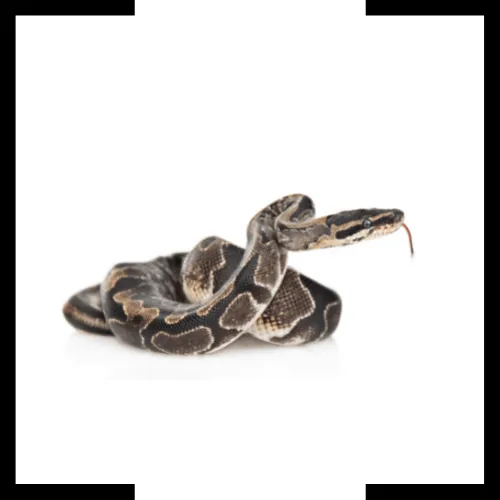Snake Removal & Control
Many people are afraid of snakes. Ophidiophobia is one of the most common phobias in the world. If you happen to suffer from this fear, you are not alone—and perhaps you have good reason to worry if you live in Missouri. There are 49 species and subspecies in the state, many of which regularly come into contact with people. Most are harmless, but five are poisonous. Interestingly, those 5 are members of the same family, Crotalidae, commonly known as pit vipers. They have a triangular-shaped head, vertical slits for pupils, fangs, and a heat-sensing pit between the nostril and eye. There are other distinct differences as well.

The Pit Vipers Of Missouri
- Eastern Massasauga Rattlesnake – Gray or light brown with large, light-edged, brown splotches on the back and smaller spots on the sides. The belly is marbled dark gray or black, and they have a narrow white stripe on their head.
- Osage Copperhead – Pink or orangish color with hourglass-shaped crossbands, which may be brown, reddish-brown, or gray. Adults average 2-3 ft. long. This one is the most common of the snakes on this list in Missouri.
- Pygmy Rattlesnake – This smaller snake averages about 20 inches long in adulthood. They have a red or orange dorsal stripe and a red, brown, or black bar running from jaw to eye. Like other rattlesnakes, it has a rattle on its tail, which only develops after molting, but this one’s rattle is tiny. The sound is atypical of other rattlers—it is more of a soft buzzing sound than a rattling noise.
- Timber Rattlesnake – A pinkish, tan, or gray body with chevron-shaped crossbands. They have a black tail and rattle and a stripe down their backs that can be pinkish, yellow, brown, orange, or black. Adults can reach 5 feet in length and sometimes longer.
- Western Cottonmouth – Although these sometimes display a dorsal pattern of dark crossbands, those can be mottled or even undetectable. They darken in color as they age, sometimes appearing completely black, except for the white “cotton mouth” they are known for. They are aquatic and found around water (they are also called water moccasins), but they sometimes venture onto land.
What Attracts Snakes To Our Homes
Your home may be a beacon to snakes for numerous reasons. They generally love damp, dark, cool places, clutter, and hiding areas. The average home fits that bill—from basements, garages, attics, and crawlspaces to sheds and woodpiles; it is easy to understand the attraction. If you have tall grass, brush, or vegetation around the house, compost, rocky areas, water, or plentiful food sources like insects, birds, and rodents, those slithering unwanted guests are bound to make an appearance. There is something more you need to understand about snakes, they are not typically aggressive and rarely bite humans. Most snakes try to escape rather than bite. Additionally, they are an important part of the ecosystem. It is illegal to kill them unless you are under direct attack.
What To Do If You See A Snake Or Get Bit
What To Do About Snake Issues
If you’ve discovered a snake in or around your home, please don’t attempt to wrangle it yourself. Contact a wildlife expert for removal, such as Advanced Wildlife Control, the top-rated professional in Missouri. No one is more experienced at handling snake problems than we are, and we do so swiftly and humanely. We can also help with modifications to minimize future conflicts. Please reach out today and let us help.
